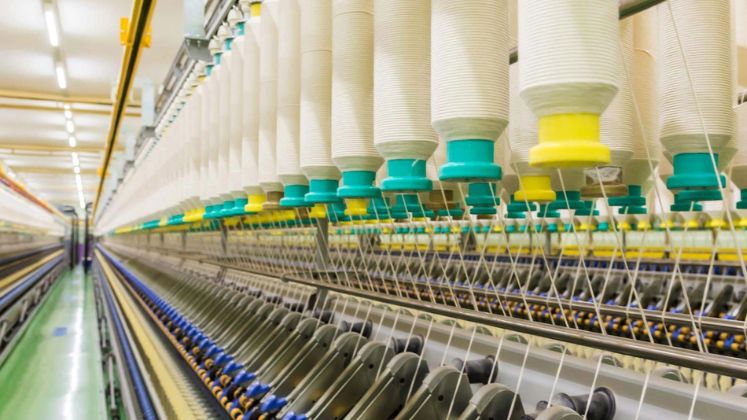
The Clothing Manufacturers Association of India (CMAI) has welcomed the Government’s decision to rationalise Goods and Services Tax (GST) rates but expressed concern over possible higher taxation on garments above a certain price point.
In a statement, CMAI congratulated Prime Minister Narendra Modi for amending GST rules with the aim of reducing slabs to 5%, 18% and 28%, calling it a “game changer” for the economy and a step that would improve ease of doing business. However, the association cautioned that it was not yet clear whether all textiles, particularly garments, would be placed under the 5% slab or only those within a specific price range.
CMAI President Santosh Katariya said it would be inconsistent to classify textiles alongside electronics and mobile phones under the same GST slab. He noted that the industry had largely shifted from the informal to the formal sector due to the reasonable 5% GST rate and warned that imposing 18% on garments above Rs. 2,500 (US $ 28) could drive businesses back to informal practices such as under-invoicing and quality downgrading to remain below the cut-off.
CMAI Vice-President Ankur Gadia pointed out that categories like woollen clothing, wedding attire and sustainable apparel were inherently more expensive and should not be penalised. He said woollens were an essential item in northern and northeastern states and wedding clothes were a cultural necessity, not a luxury.
CMAI Chief Mentor Rahul Mehta added that handloom and embroidered garments, being costlier due to their artisanal nature, risked being unfairly taxed under a higher slab.
Meanwhile, the Confederation of Indian Textile Industry (CITI) also welcomed the Government’s decision to rationalise GST slabs, calling it a progressive move that would simplify compliance. However, it flagged multiple concerns affecting the sector.
CITI highlighted the inverted duty structure in the man-made fibre (MMF) value chain, where fibre is taxed at 18%, yarn at 12% and fabric at 5%. It urged the Government to adopt a uniform 5% GST rate across cotton, MMF and blended products to eliminate distortions, reduce refund complexities and promote fibre-neutral growth.
The industry body also called for reducing GST on textile machinery from 18% to 5% to encourage investments, revisiting the reverse charge mechanism on cotton purchases to ease working capital strain and permanently abolishing the requirement for filing GST ITC-04 returns by hosiery and textile units engaged in job work.
Additionally, CITI recommended raising the GST threshold for apparel from Rs. 1,000 (US $ 11) to at least Rs. 10,000 (US $ 113), noting that many essential garments like winterwear crossed the threshold due to production costs rather than luxury positioning.
Both associations stressed that a simplified and uniform GST regime was essential for strengthening the domestic textile industry, especially at a time when global tariff pressures were already impacting exports.






